So, you’re off to college and you’re brainstorming interior design ideas? Or you’re already in a dorm room, and it’s looking a bit bare?
Adding plants to your space is a great step toward making your dorm feel more like home. They’re so much more than just a decoration, though — and you’ll be interested to know, pretty much regardless of what you’re studying, that keeping plants around can:
- Boost your mood.
- Improve your sleep quality — always a bonus when you’re in college!
- Quite possibly improve your academic performance, perhaps by making you happier and perhaps by boosting your working memory, though studies on this topic pertained to elementary school class rooms.
- Offer some much-needed air filtration, boosting the indoor air quality in your dorm room.
- Give you something to care for; you might not be able to keep pets in your dorm, but collection of lovely plants can really help you feel less lonely.
Not all plants are suitable for dorm rooms, though, and if you’re reading this, chances are that you don’t have that much experience in caring for houseplants yet. Picking the best plants for your lifestyle and experience level ensures that your new green friends have the best chance of surviving and thriving, and it’ll save you from the guilt you feel when you kill a beloved houseplant.
Watch Our Latest YouTube Video ...
1. The Snake Plant (Dracaena trifasciata)
The snake plant (scientifically called Dracaena trifasciata) is a clumping broadleaf evergreen that belongs to the Asparagaceae family. Snake plants have stunning long foliage with spear-shaped tips and yellow edges, while the center of the leaves have a gorgeous and unusual marbled appearance.

This plant, which is native to the tropical areas of Africa, is popular as a houseplant because it’s a hardy plant that’s easy to look after, even for beginners. Snake plants are also often called golden bird’s nests, good luck plants, and mother-in-law’s tongue (and it’s not that difficult to figure out why). The snake plant doesn’t mind dry soil, which is great if you often forget, or don’t have time to, water your plants. It can grow to be up to eight feet (two and a half meters) tall in its native zones outside, but grows much shorter when kept as a houseplant.
Here’s a quick rundown on what you should know about the snake plant before you bring it to your dorm room:
- Snake plants appreciate bright but indirect sunlight and don’t need to be placed right in front of a window to thrive.
- These plants aren’t that picky about their soil conditions, though peat makes a good choice. Just make sure that your snake plant has well-draining soil as it doesn’t like very moist conditions, which can make it vulnerable to fungal infections.
- One of the best parts about the snake plant is that it doesn’t need frequent watering, and can not only survive dry soil, but actually thrives in it. Before you water your snake plant, let the soil dry a little, and then water it. In the winter, when the plant goes dormant, it’s actually best to water it only once every two months.
- If you have a pet staying at your dorm (in which case, lucky you!), it’s important to note that snake plants are toxic to both cats and dogs.
2. ZZ plants (Zamioculcas zamiifolia)
Zamioculcas zamiifolia, commonly called the ZZ plant and also known as the Zanzibar gem, is a wonderfully low-maintenance houseplant with an upright growth habit and glossy, thick, oval leaves that have a rich green color. These multi-stemmed plants belong to the Araceae family and are native to tropical eastern Africa. They also produce wonderful brown-yellow flowers during the spring time.
ZZ plants are uniquely suited for life in a dorm room not just because these plants are extremely hard to kill, but also because they’ve been shown to boost cognitive function and because they’re famous for clearing pollution from the room they’re in.
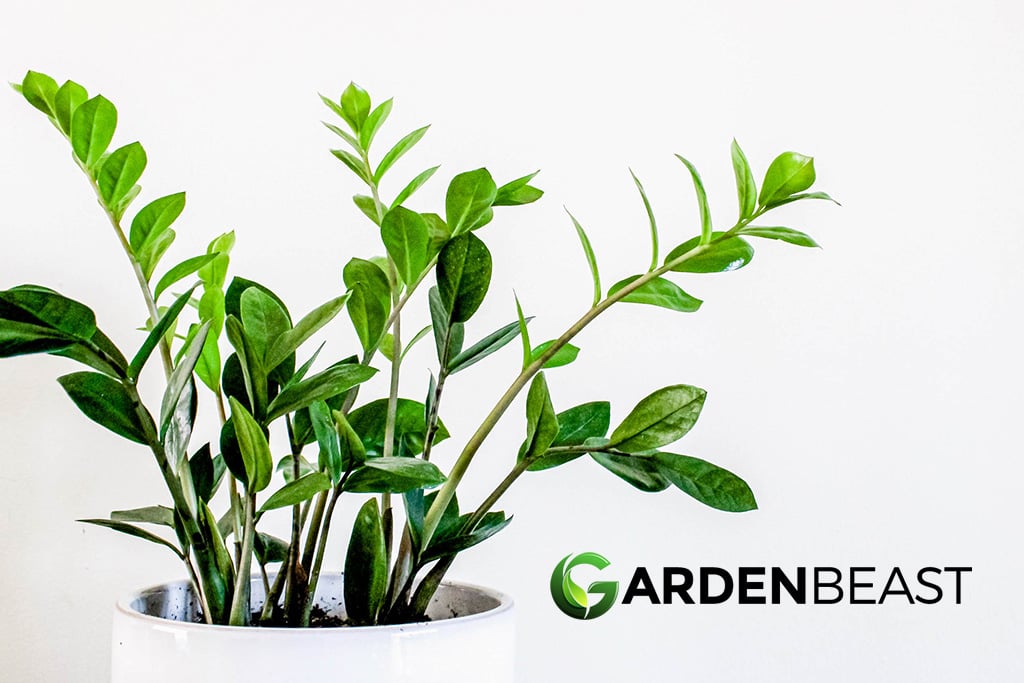
Let’s take a quick peek at the kinds of conditions a ZZ plant needs in order to thrive:
- These plants favor partial shade or dappled sun — while ZZ plants don’t especially appreciate deep shade (AKA don’ don’t put them in the closet), direct sun can damage their hardy-looking leaves, which are more delicate than they seem. Put your ZZ plant somewhere away from the window, where it will still get bright light.
- Any well-draining potting medium is fine for the ZZ plant.
- Only water your ZZ plant once its soil dries out completely; these tropical plants retain moisture within their stems extremely well and will begin to get angry if you overwater them.
- ZZ plants don’t need to be fed fertilizer at all, but if you’re hoping to encourage them to grow strong and beautiful, you can, if you want, offer your ZZ plant a weak liquid fertilizer twice during its growing season, which occurs between spring and fall.
3. Pothos (Epipremnum aureum)
When you are looking for any type of houseplant, one name is sure to come up again and again. Pothos is an extremely popular houseplant because these plants are really easy to care for, no matter your skill level. Pothos, also called devil’s ivy, is a perennial evergreen native to the South Pacific that has beautiful and vibrant green leaves which are sure to brighten up your dorm room. Some cultivars even have the amazing variegated leaves everyone seems to be after these days! Pothos thrives in deep shade and also doesn’t need to be watered very often.
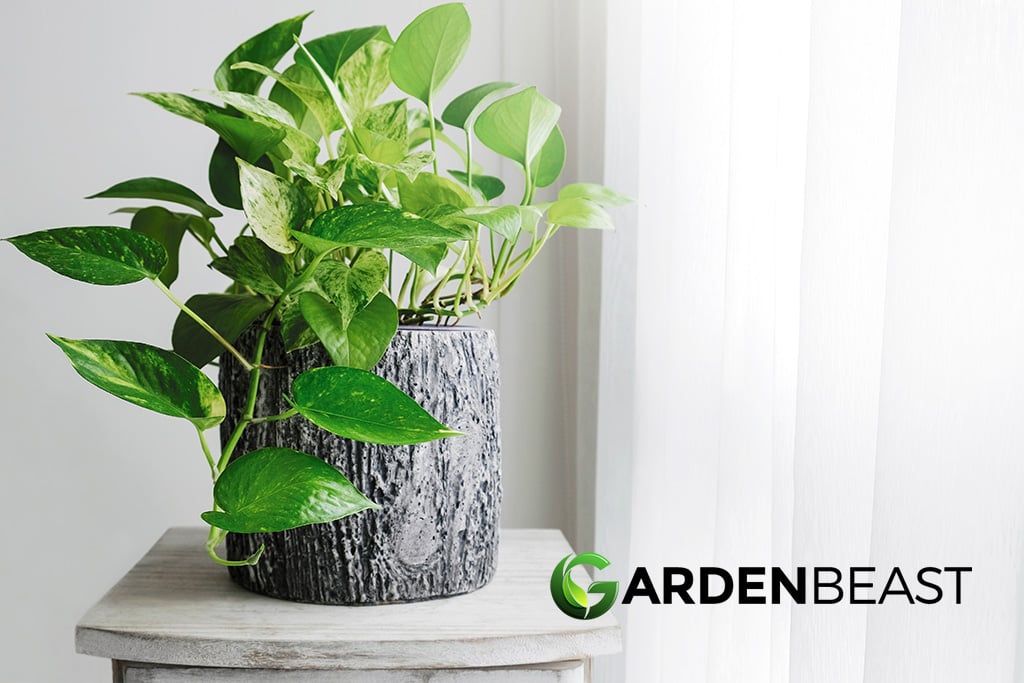
Does pothos seem like a good fit for your dorm room? Before you bring this plant to your dorm room, make sure that:
- You have the right spot for your plant, away from a window. Pothos plants prefer to be kept in shadier conditions, though that doesn’t mean they don’t need sunlight. Instead, they like to get indirect sunlight.
- When it comes to deciding what soil to put a pothos in, this plant will do fine with regular potting soil that is well-draining. Pothos plants don’t mind neutral to acidic pH levels.
- This plant does not like moist soil, and its roots can easily develop rot when kept in constantly damp soil, something that can kill your pothos. Water this plant sporadically.
4. Aloe Vera (Aloe Barbadensis Miller)
Though the Aloe genus includes over 300 species, one of the more popular choices in the Aloe barbadensis Miller. Aloe vera is commonly known for its healing gel, which can be used to soothe scrapes, cuts, and irritated skin and is also edible, though the plant itself also looks gorgeous. The aloe plant is a herbaceous perennial native to Africa, including Madagascar, and will often grow to be one to two feet (up to half a meter) tall in its mature form. This succulent has thick green leaves — their gel is located inside, and yes, you can occasionally harvest it to improve your skin! As a succulent, aloe vera is a pretty low-maintenance plant that won’t demand too much of your attention.

If the aloe vera has caught your attention, and you’d love to have one in your dorm, you should make sure that:
- You can place your aloe vera in a spot where it can get bright but indirect sunlight, because direct sunlight can burn the plant’s skin.
- For the best results, place your aloe vera plant in sandy or gravelly well-draining soil with a pH level of 7.0 to 8.5 (that’s neutral to slightly alkaline).
- While aloe vera can survive periods of drought, this succulent does like to be watered quite frequently.
5. Peace Lily (Spathiphyllum Spp.)
The peace lily, a hybrid from the Spathiphyllum genus that belongs to the Araceae family, is famous for producing unusual-looking white blooms that can stick around for a very long time, blooming twice a year if you’re lucky. Peace lilies are an exceptionally good choice for students living in stuffy dorm rooms with a poor air quality, because they’ve got the superpower of removing volatile organic compounds (VOCs) from the air — a quality for which even NASA has investigated them!
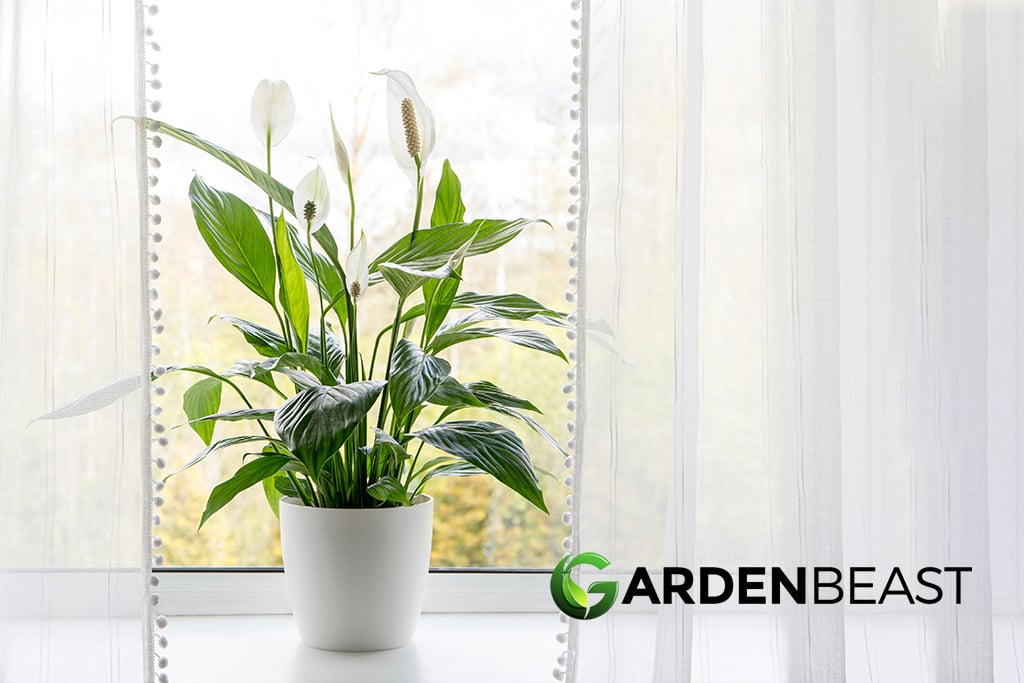
Peace lilies:
- Are slow growers that won’t need to be repotted very often, another bonus if you’re a little scared of hurting your plant when transplanting it to a new home.
- Do best in conditions of bright but indirect sunlight when they are grown indoors. If your peace lily’s normally vibrant green leaves start to look a little pale, that’s a sure sign that the plant is receiving too much light and needs to be moved to a shadier spot.
- Will be happiest when planted in a rich potting soil, and when you fertilize them using slow-release pellets during their growing season, in spring and summer.
- Don’t need much water to thrive — and will begin to show signs of wilting if you do overwater them.
If you are looking for a unique plant for your dorm room, the peace lily has plenty of exciting varieties and cultivars to offer, too, including the especially compact Power Petite and the Golden Delicious, the fresh growth of which has a stunning yellow color.
6. Money Tree (Pachira aquatica)
If you’re a college student looking to grow houseplants in your dorm room, the very name of this plant will probably catch your attention. The money tree has this rather appealing because of a Feng Shui belief that this tree gives the owner good luck and happiness. Some people also say that the money plant helps to relieve stress and anxiety, which college students would definitely benefit from. It is also sometimes called Guiana chestnut, and this plant is a tropical tree native to South America. The money tree has a braided trunk with gorgeous green foliage and will make a perfect addition to any dorm room!

Thinking about giving the money tree an honored spot in your dorm room? Let’s take a look at some of the important facts about the care of this gorgeous houseplant:
- To thrive, the money tree will need to be watered every time the top inch of the soil is dry, which you can use a simple wooden chopstick to test.
- When it comes to the climate conditions this plant does best in, money trees thrive in areas with high humidity and milder temperatures.
- Money trees like nutrient-rich soil and peat-moss soil is a great choice for for your money tree.
- If you are looking for an easy plant, one if its downfalls is that it will need regular pruning to stay healthy and pretty.
7. Spider Plant (Chlorophytum Comosum)
The spider plant, also called spider ivy or the ribbon plant and scientifically known as Chlorophytum comosum, is another beautiful tropical perennial that is exceptionally easy to care for. The long fresh-green foliage of the spider plant blends, and many varieties have yellow edges that make the plant all the more visually-appealing. Like all tropical plants, the spider plant blooms less often when grown indoors — but if you’re able to provide consistently warm conditions that mimic a tropical environment, this plant may reward you with splendid white, star-shaped, flowers.
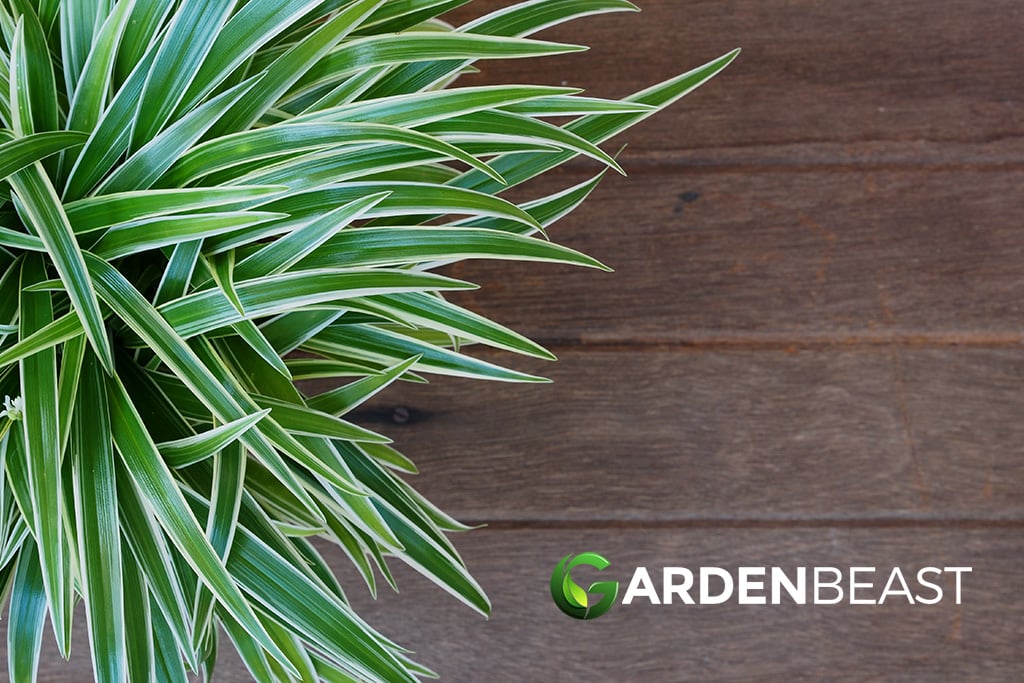
Want a spider plant in your dorm room? It’s best to:
- Grow it in a hanging basket, where it will be able to shine in all its glory.
- Place the basket away from any windows so that the spider plant receives light shade — direct sun can damage the foliage.
- Use distilled water to quench the spider plant’s thirst, as the minerals and chemicals commonly found it tap water can damage it. These plants should be watered quite often, whenever the soil is nearly dry, but need well-draining soil. Empty the tray under the pot regularly so the roots are not constantly sitting in water.
- Spider plants don’t like cool temperatures. As long as you heat your dorm room in the winter, it’ll be fine.
Choose a loose loam soil for your spider plant.
8. Jade Plant (Crassula ovata)
Jade plants are subtropical broadleaf evergreens that are a popular choice for those who are looking to keep succulents as houseplants. The jade plant is also often said to bring good luck to its caretakers. This plant is native to South Africa and can grow to be around three to six feet (up to two meters) tall and two to three feet wide, but will be more compact as a houseplant. Their fleshy oval leaves are their most noticeable feature and they make for great plants to keep on your desk — in which case the jade plant can make for a great study buddy.
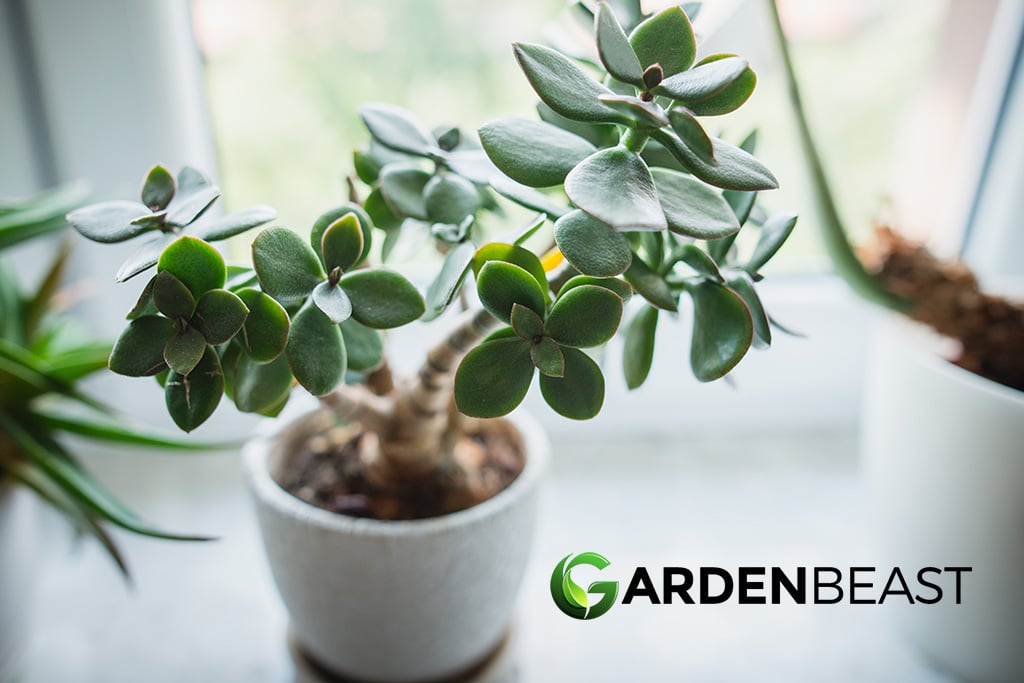
Think the jade plant will be a perfect addition to your dorm room? You will need to:
- Keep your jade plant in a bright location where it well get plenty of indirect sunlight.
- Ideally pick loamy and well-draining soil with a neutral to slightly acidic pH level.
- Water your jade plant often during the summer but reduce watering during the winter.
- Place it in a spot that has a temperature of around 65 to 70 °F (18 to 21 °C) to keep it healthy, though in the winter and night time, these succulents can handle lower temperatures.
9. African Milk Tree (Euphorbia trigona)
The African milk tree is a succulent that looks like a cactus — complete with sharp thorns — and is a delight to take care of. Bring this plant home if you are looking for an unusual plant to add to your dorm room, and you are able to offer it the bright but indirect sun exposure it needs.

These succulents can grow to be amazingly tall (around six feet or two meters), and thrive in almost any soil type, so long as it’s well-draining. They need hardly any water but appreciate a weak fertilizer in the spring and summer. Because African milk trees grow quickly, and might become too large for your space, regular pruning is required. Pro tip — definitely wear gloves.
How to Pick the Best Plants for Your Dorm Room
If you were to ask an auntie with a green thumb, the person behind the counter in the garden center, or even your friendly neighborhood search engine for that matter, you’ll tend to get the same kinds of answers regarding how to pick the best plants for your dorm room. Dorm room plants, people usually say, need to be low-maintenance.
You’re a student, people say — you’ve got plenty of stuff to do, both in the academic and recreational realms, and you don’t want to kill the plants you bring to your dorm room. Therefore, it’s best to choose plants that have adapted to be pretty drought-resistant, so that they don’t die if you forget to water them for longer periods of time. It’s best to choose plants that thrive in most soil types, without much care, and that don’t require demanding fertilizer programs to succeed.
Plants that need regular pruning are also out, and add some bonus points for plants that aren’t picky about light conditions and do well in full sun, partial shade, or even deeper shade.

At Garden Beast, we certainly recognize the convenience of easy-going plants that won’t die on you if you’re not an incredibly experienced houseplant enthusiast already. We also wholeheartedly believe, however, that plants can add great value to your life, and that the idea that students are too busy, or too disorganized, to take care of higher-maintenance plants is a little condescending, and certainly not always true.
Because of that, we think that you’ll want to consider all the usual stuff before choosing the right plants for your dorm room, like:
- How much water the plant needs.
- What the ideal lighting conditions are for your plant.
- Whether the plant needs to be fed fertilizer regularly.
- How often the plant needs to be repotted and pruned.
We also think, on the other hand, that students looking for the best plants for their college dorm rooms may want to think beyond “low-maintenance plant that’s super hard to kill”. Some of the other things you may want to keep in mind as you choose the best plants for your dorm room are:
- Do you have a single dorm room, or are you sharing with others? In the latter case, your roommates may complain if you place a plant in front of a window they consider to be “their turf”, for instance, or you may want to keep in mind that your roommates could knock your plants over. Tiny plants could be best for you if you’re sharing your dorm room.
- Did you know that some plants have unique benefits, such as helping you study better, sleep better, or fight anxiety with their lovely fragrances? If you could use a little extra help in a particular department, hunt for plants that will make your life easier.
- Some plants are rather expensive. That may seem to be prohibitive, but on the other hand, if you’re looking for a side gig, some students could make quite a lot of money from selling cuttings — in which case you may want to choose plants that aren’t on our list at all, and go for high-value houseplants that you’ll be able to grow for their cuttings.
- Don’t limit yourself to the plants we’ve highlighted as being especially great for dorm rooms — keep looking for species that could enrich your life. Having said that, any of the plants we’ve selected for you have unique advantages that many students will welcome.
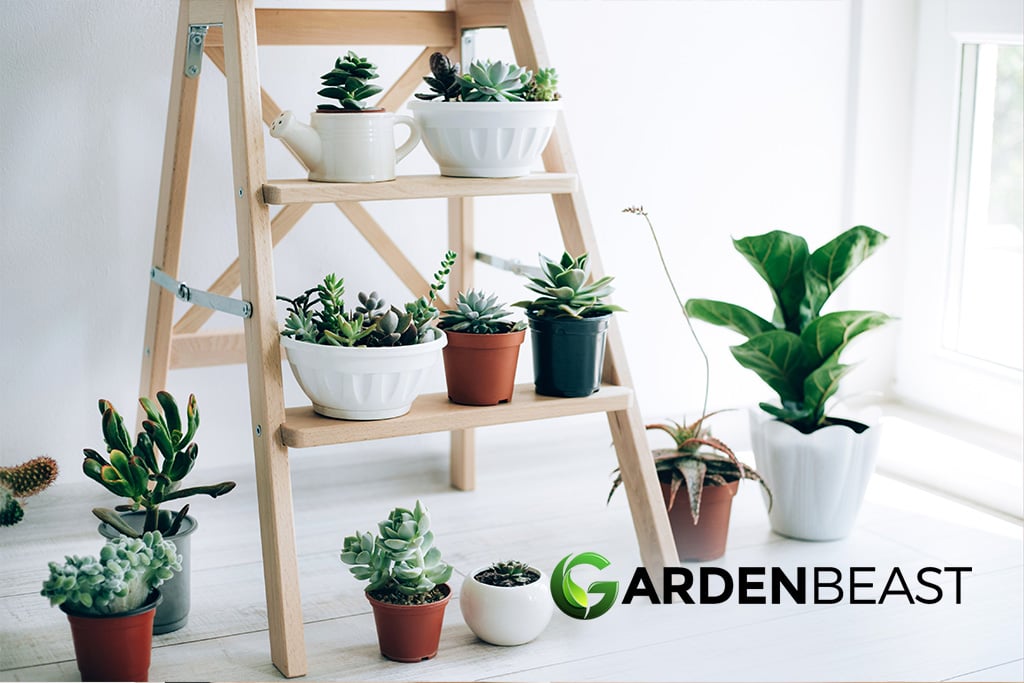
In Conclusion
You don’t need to be studying botany to grow an amazing indoor garden in your dorm room — and with the right care, you can grow plants that will stay with you well beyond college! Pick carefully, and follow your chosen plants’ care instructions, and you’ll become an amazing plant parent in no time!
